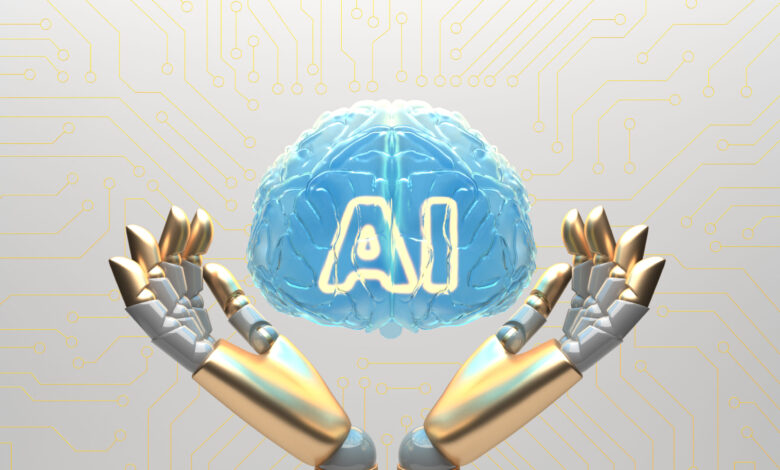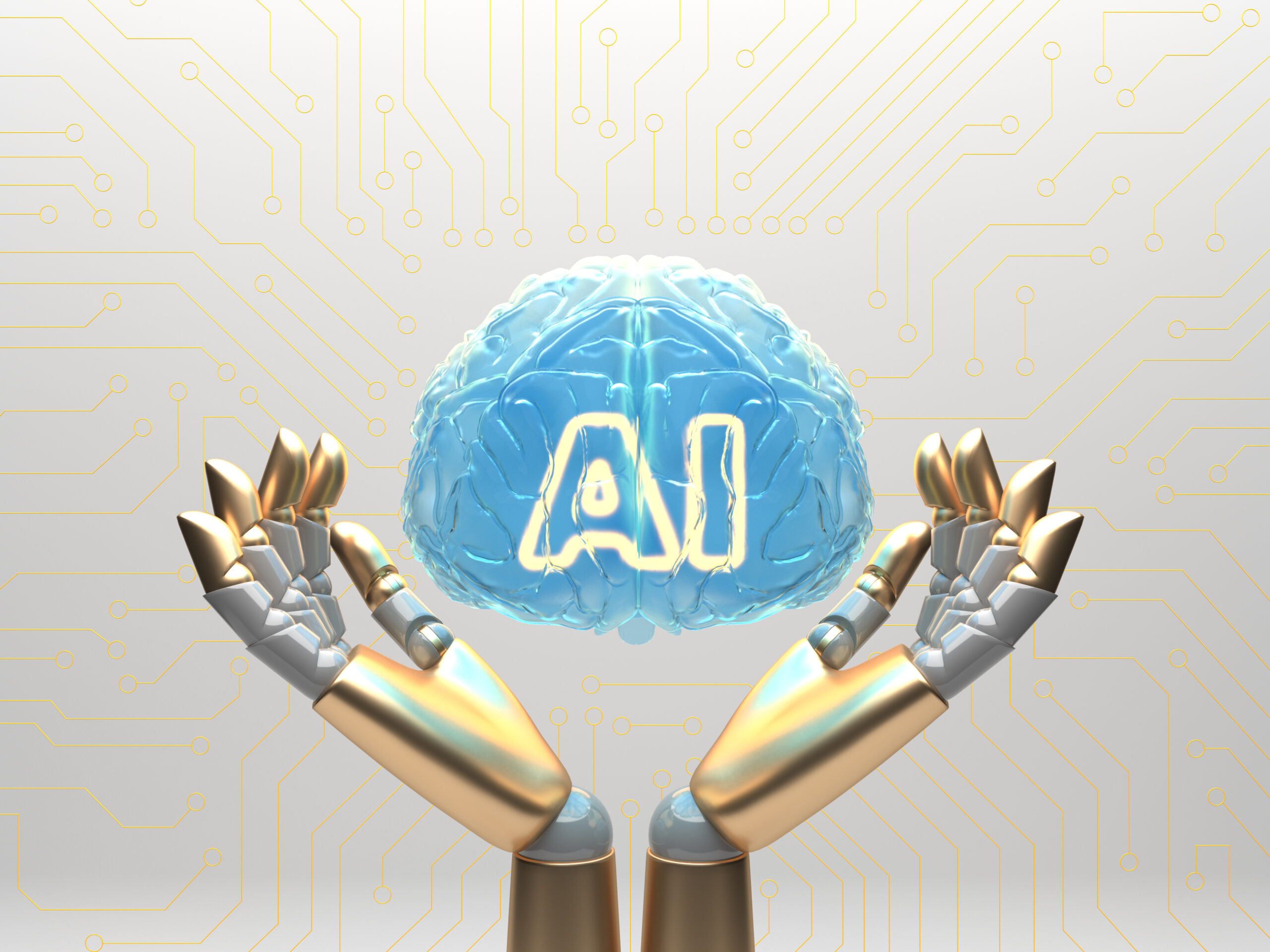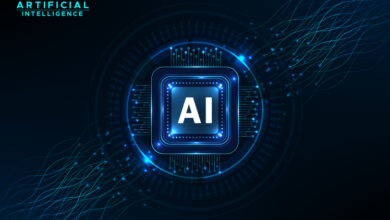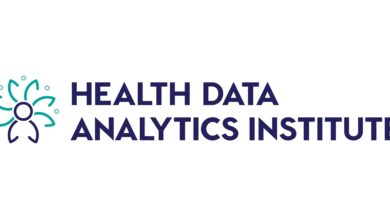How Generative AI is Reshaping the Data Analytics Landscape


In today’s corporate market, firms must constantly seek new methods to leverage technological breakthroughs to stay ahead of the curve. Generative AI is a prominent field that has expanded rapidly in recent years.
Gartner predicts that by 2026, more than 80% of organizations will use Generative AI APIs, models, or apps, up from less than 5% in 2023. Generative AI has caused a paradigm change in data analytics and related applications. With just a few prompt words, you can receive responses in text, image, audio, or any other format you like.
Rather than using typical AI models to make predictions, this is accomplished by comprehending and mimicking the underlying data structure. Generative artificial intelligence (AI) has increased in just one year thanks to deep learning techniques and applications in many industries.
We shall explore the tenets and models of generative artificial intelligence (AI) and its uses in data analytics in greater detail through this blog.
Role of Generative AI in Data Analytics
Generative AI has upended the data analytics sector, just like other businesses, including Software Development Engineering in Test (SDET). It is crucial to data analysis and visualization, with several facets.
Generative AI has created new avenues for obtaining insights from massive and intricate datasets, ranging from data processing and cleaning to data visualization.
In the context of data analytics, let’s examine some of the primary functions that Generative AI investigates:
1. Enhanced preprocessing and augmentation of the data
Data preparation involves transforming unprocessed data into a format for further analysis. It is a multi-step, intricate process involving standardization, reduction, cleansing, and transformation of the data.
Relying on disparate sources for data collection may lead to disparities in precision and caliber. GenAI can transform data and filter out faults using enhanced data preparation capabilities.
2. Automate tasks related to analytics
Many business intelligence and data analytics tasks involve repetitive work. Programs that are automated can finish it, but coding requires time. Generative AI can automate the process.
Chatbots, for instance, can write customized automation scripts for data extraction. When gathering data, it can automatically filter out pertinent information depending on the specified parameters.
3. Generating data to train models
Generative AI may produce synthetic data that closely mimics the original dataset. It is used in circumstances when data is limited or privacy is protected. The creation of synthetic data will aid in the training of machine learning models without revealing sensitive information.
It protects data privacy and enables organizations to use massive datasets for training, resulting in robust models.
Features of Generative AI in Data Analytics
Here are some key features of generative AI in data analytics
1. Predictive analytics
Organizations may use generative AI to analyze vast datasets, spot patterns, and trends, and produce precise forecasts. For instance, companies can forecast stock prices or customer attrition rates to gain insightful information and identify emerging patterns.
2. NLP
The NLP sector has seen a significant upheaval due to generative AI. The ability of generative models to understand and generate text that resembles that of a person opens up a wide range of applications. Translating, creating content, and feedback chatbots are a few examples.
3. Fraud detection
When compared to real-world data, generative AI can generate data that represents typical behavior, allowing for the identification of fraud and abnormalities. It can assist companies in reducing risks and guarding against fraud in various sectors, including retail, healthcare, and finance.
Limitation of Generative AI in Data Analytics
Generative AI has demonstrated remarkable current and potential future capabilities. The way we operate could be different by its adoption. However, there are obstacles and difficulties involved.
1. Interpretability
Understanding how enormous datasets are trained to generate data using generative AI models powered by neural networks can be difficult.
To explain outcomes and foster user trust, organizations should ensure that elements like interpretability and explainability are in the pipeline.
2. Biases in models
Biases in the training set can affect generative AI models like conventional machine learning models. Outcome data with biased input has inconsistencies and problems with accuracy.
Organizations must use metrics to achieve fair outcomes, identify biases, and carefully select training datasets to prevent this problem.
3. Ethics
Organizations must guarantee that data generation adheres to ethical norms and legal requirements. AI-generated photos and videos are a big worry these days. It is necessary to implement new frameworks and rules to reduce ethical risks.
Best Practices for Generative AI in Data Analytics
1. Quality data
Businesses must ensure that diverse and high-quality data is used to train generative AI models. Data from reliable sources, whether first-party or third-party, can be used. To eliminate inaccurate data and enhance data analytics, organizations should also clean and prepare their data.
2. Privacy
When using gen AI, protecting private and sensitive data is essential. Throughout the data analytics process, including data collecting, storage, and sharing, organizations should identify possible threats to user privacy and take appropriate action to mitigate them.
3. Data security
Another essential component of best practices when thinking about an ethical strategy for using gen AI is data security. Gen AI systems need to be kept safe from security risks and kept an eye out for illegal access. Other steps to reduce dangers include data encryption and frequent protocol changes.
Real World examples of Generative AI
1. Medical Imaging
Data privacy concerns have limited the quantity of medical imaging data that healthcare institutions may use to train machine learning algorithms. Real-world data can be replicated in synthetic form using generative AI methods. To enhance clinical decision-making and patient outcomes, this aids in the training of reliable diagnostic models.
2. Recommending products
Retailers can provide user-specific recommendations by analyzing customer data. Generative AI models need to be trained using a user’s browsing history and past purchases to offer suggestions that are specific to their needs. Conversion rates rise as a result, and customer satisfaction also rises.
3. Geospatial analytics
Geospatial analytics can grasp property size, construction, and condition by extracting structured data from high-resolution pictures using the power of Gen AI. Insurance companies can utilize this to better manage claims, lower costs, and evaluate property risk.
Final Thoughts
Generative AI has, like any other industry, caused a paradigm shift in the data analytics space. Learning artificial intelligence technologies to stay ahead of the curve and improve outcomes has led to organizations seeing exponential development in recent years.
The simplicity of user interfaces, you can quickly and easily create high-quality text and images using natural language is a significant factor in the enormous buzz surrounding GenAI. Its capacity for data generation sets it apart from conventional models that concentrate on predictions and classifications.
There are numerous generative AI models, including popular techniques such as Generative Adversarial Networks (GANs), Variational Autoencoders (VAEs), and Transformer architecture. ChatGPT, Google BERT, and other technologies leverage transformer architecture to create large language models (LLMs) that generate content.
In data analytics, generative AI has applications in predictive analytics, fraud detection, data preparation, and visualization. Adoption, however, does not come without problems. Concerns are raised about ethical issues, biases, data privacy and security, and explainability.
With generative AI, the future of data analytics is quite promising. Advancements in architecture, multimodal techniques, and ethical AI practices have the potential to broaden the scope of generative AI.



